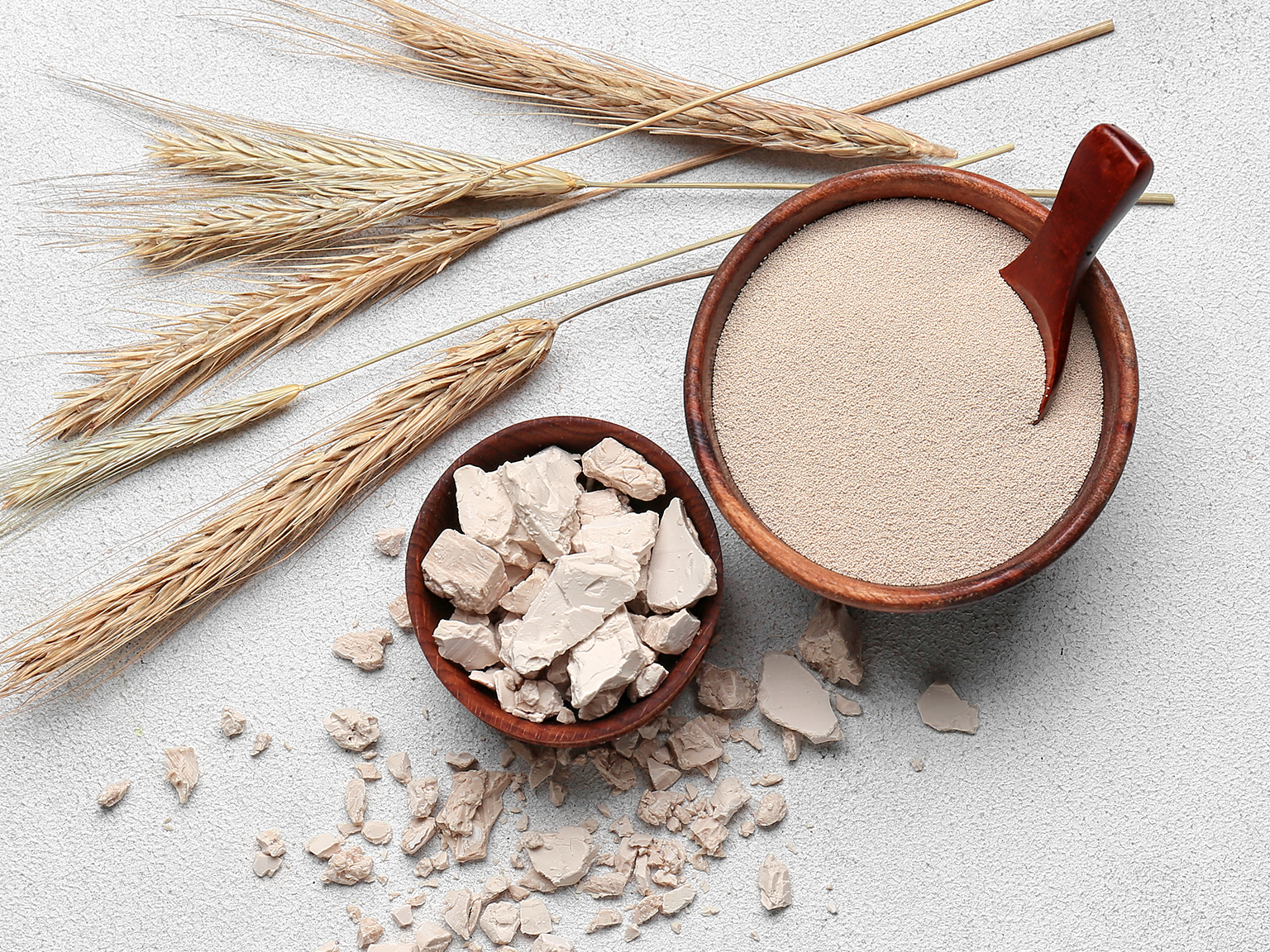Fancy a pint of beer brewed with the help of 45-million-year-old yeast? Head to California, where you can buy a bottle from the Fossil Fuels Brewing Company.
The microbiologist Raul Cano is the founder of Fossil Fuels. He was able to extract the oldest-known yeast bacteria from amber during his research in Myanmar in 1990. And he has successfully used it to brew beer with a distinct flavour.
Yeast – a fungal bacteria
Yeast is a fungal bacteria known to people for thousands of years. These microorganisms contain several beneficial properties, like vitamin B.
Various archaeological finds prove the use of the bacteria in ancient bread chambers and on the bottoms of the discovered pottery.
The effect of yeast on food and beverage production
Yeast bacteria ferment sugars by feeding on them and releasing carbon dioxide. The gas acts as a leavening agent and helps the bread to rise.
In alcohol production, yeast bacteria unlock the hidden flavours stored in sugar.
There are several different types of yeast bacteria. Each kind affects the flavour of the brew in its own unique way.
Today, both baking and alcohol industries rely on commercially produced ready yeasts.
Active vs. deactivated yeast
Both brewing and baking require active yeast. But there is still some use in deactivated yeast. This happens when the heat kills the bacteria during production.
For example, during beer brewing, the manufacturers get a by-product called yeast extract. This type is used in the popular condiments of Marmite and Vegemite.
It’s also regarded as a valuable source of protein in vegan diets. This type of deactivated yeast is known as “nutritional yeast“.
Deactivated yeast, a.k.a. nutritional yeast
Nutritional yeast is sold as flakes that can be sprinkled on foods or cooked with. It can’t be used to leaven bread, as it’s no longer active.
But nutritional yeasts provide plenty of vitamins and unique flavour: a cross between cheese and nuts. Therefore, nutritional yeasts are commonly used as a replacement for cheese in vegan and dairy-free diets.
How to make your own vegan cheese
Follow this easy recipe to make vegan cheese that is both stringy and flavoursome.
Ingredients:
- 250 ml / 1 cup of soy milk
- 40 g / ¼ cup of tapioca starch
- 2 tbsp of nutritional yeast
- 1 tbsp of olive oil
- a pinch of salt
- 120 g / ½ cup of unsweetened soy yoghurt
- 1 tbsp of fresh lemon juice
Preparation:
- Mix the soy milk, tapioca starch, nutritional yeast, olive oil and salt in a pan.
- Whisk all the ingredients well to avoid lumps.
- Place the pan with the mix on low-medium heat and whisk until the mixture starts to thicken.
- Remove the pan from the oven and continue whisking.
- Add theunsweetened soy yoghurt and fresh lemon juice to the pan with yeasts.
- Gently incorporate the yoghurt into the yeast mix and then whisk vigorously until the consistency is smooth and cheesy strings form.
Use your homemade vegan cheese on toast, pizza and pasta.
Keep refrigerated for up to 5 days. The cheese tends to harden in the fridge but returns to its stringy texture once warmed up.











What do you think?